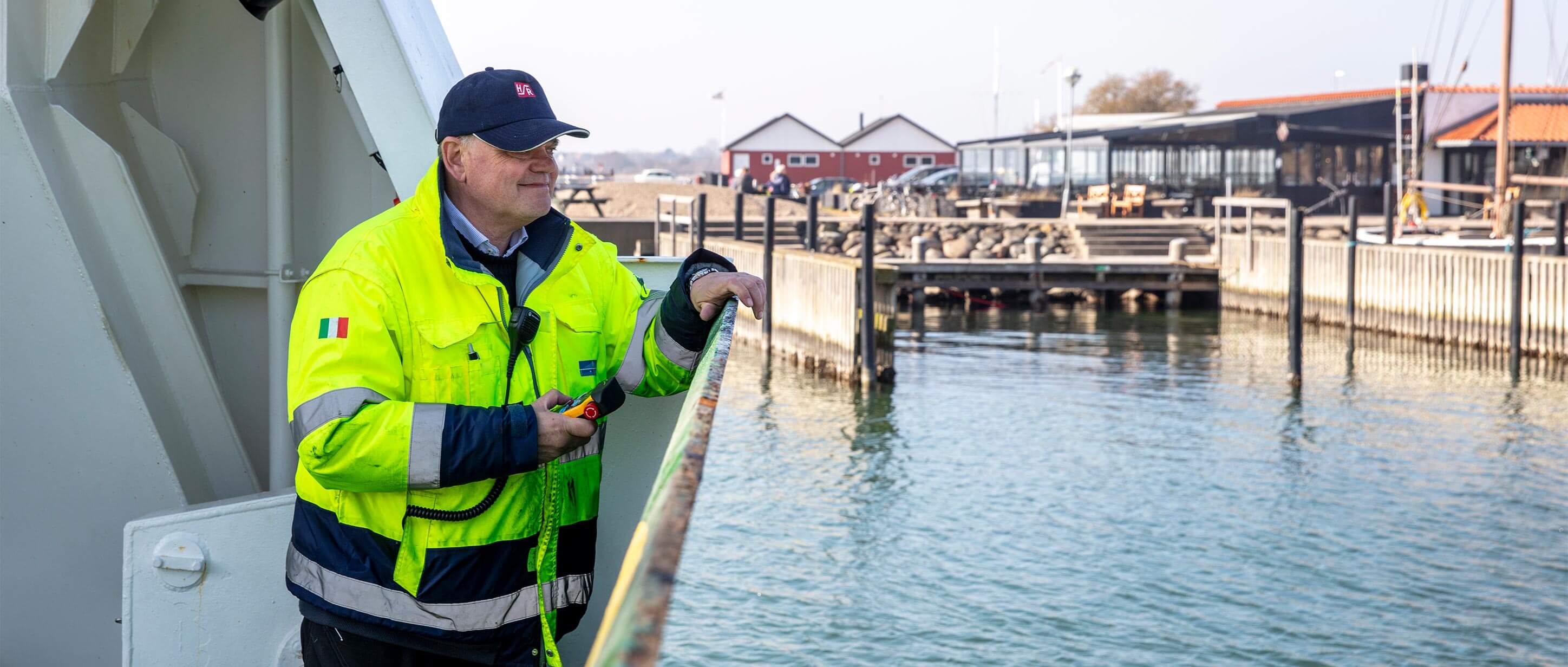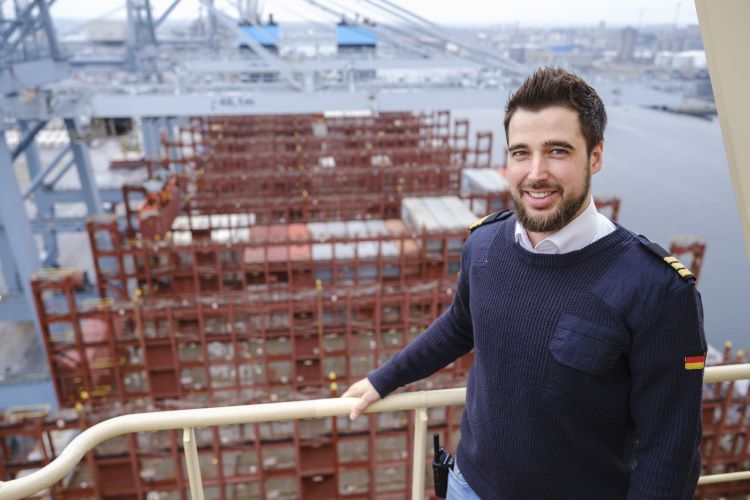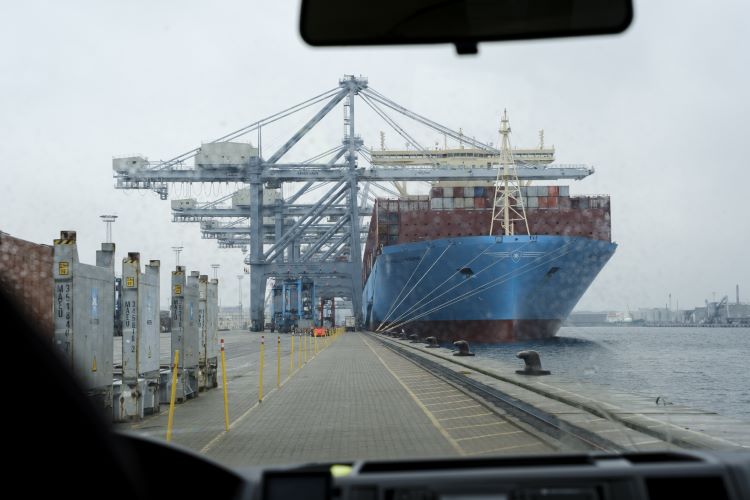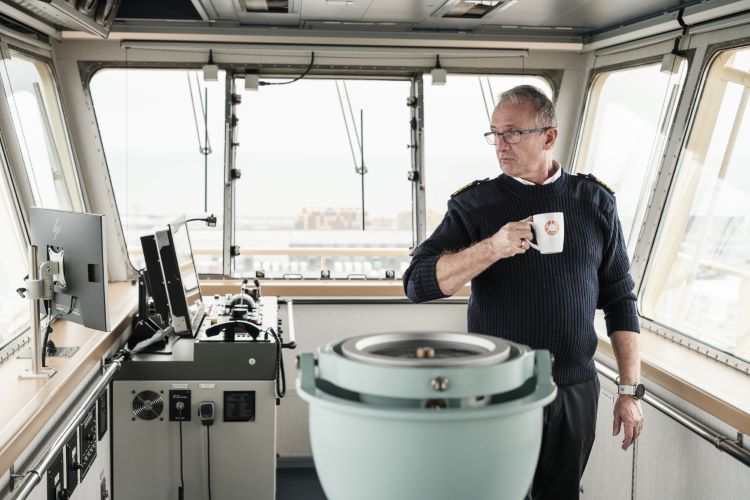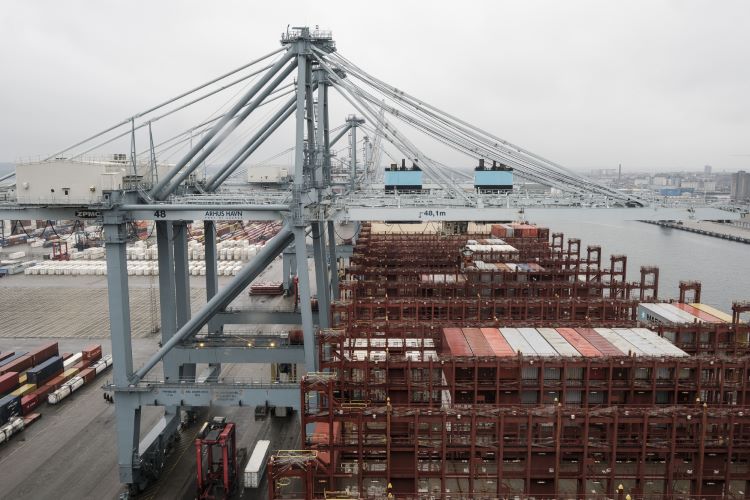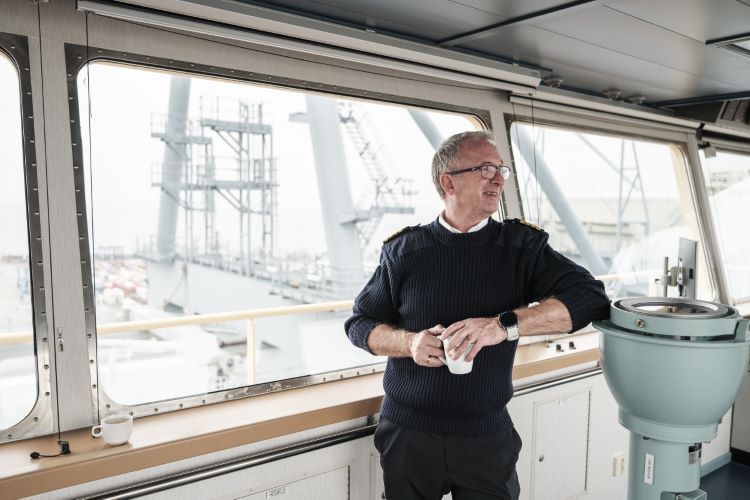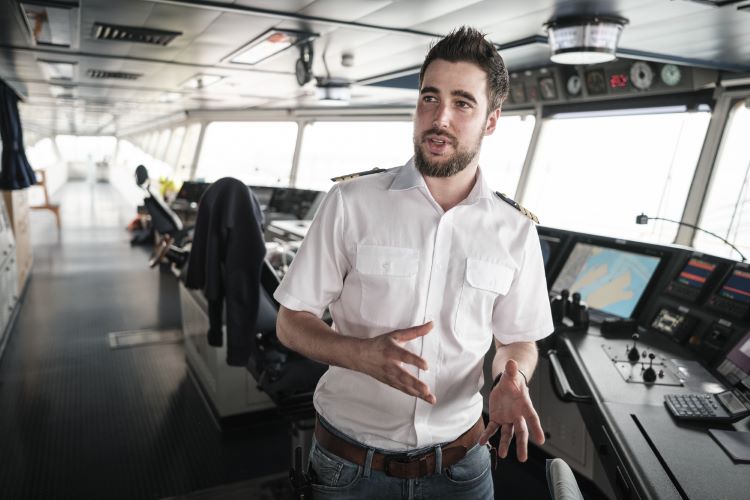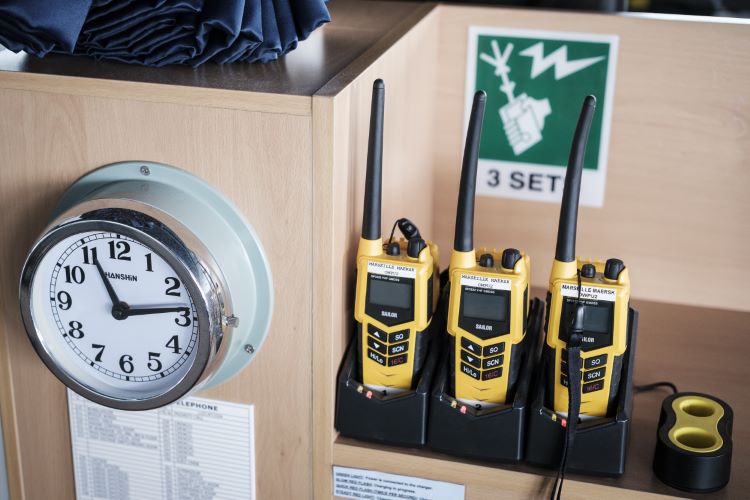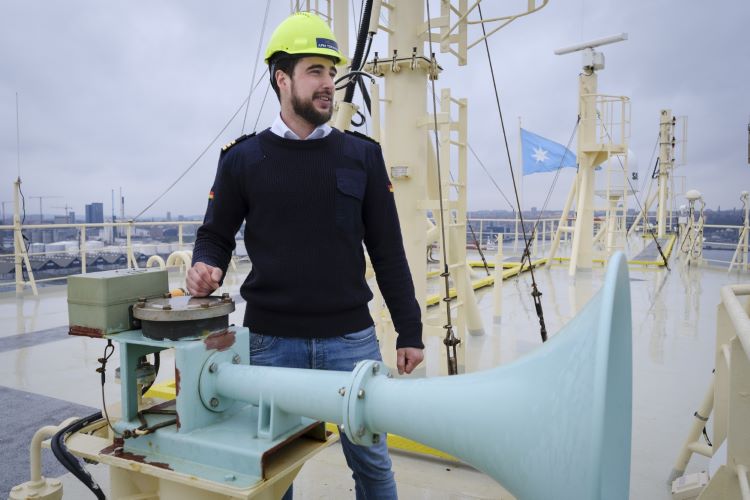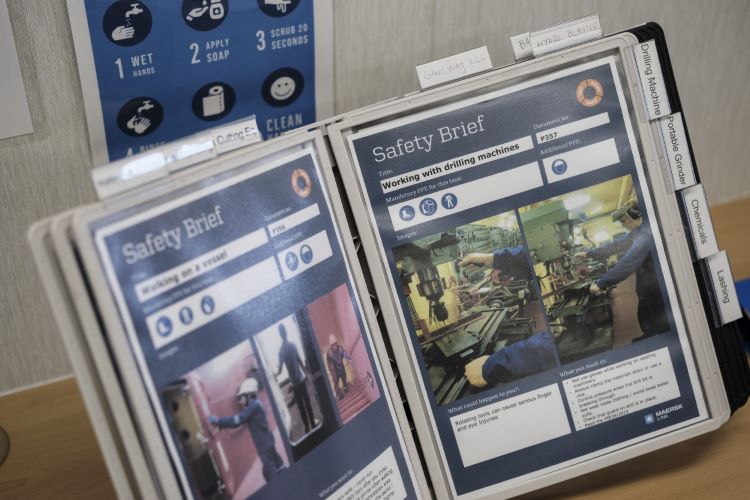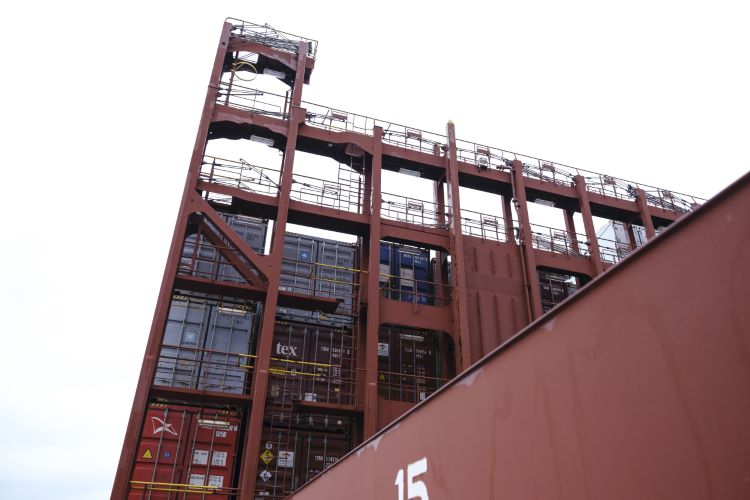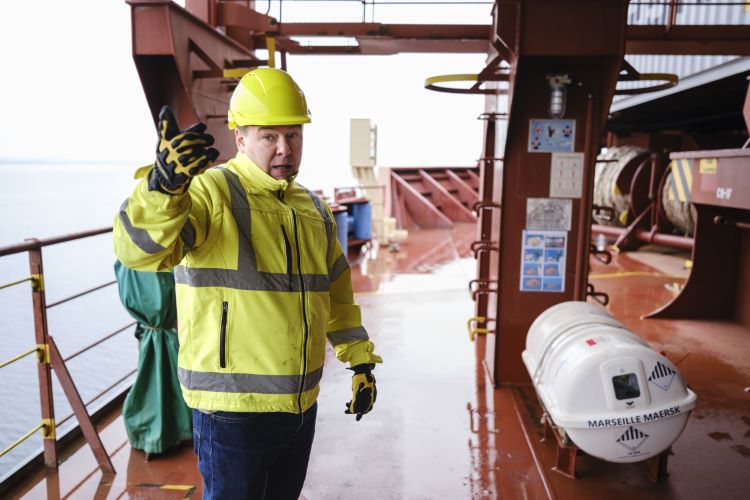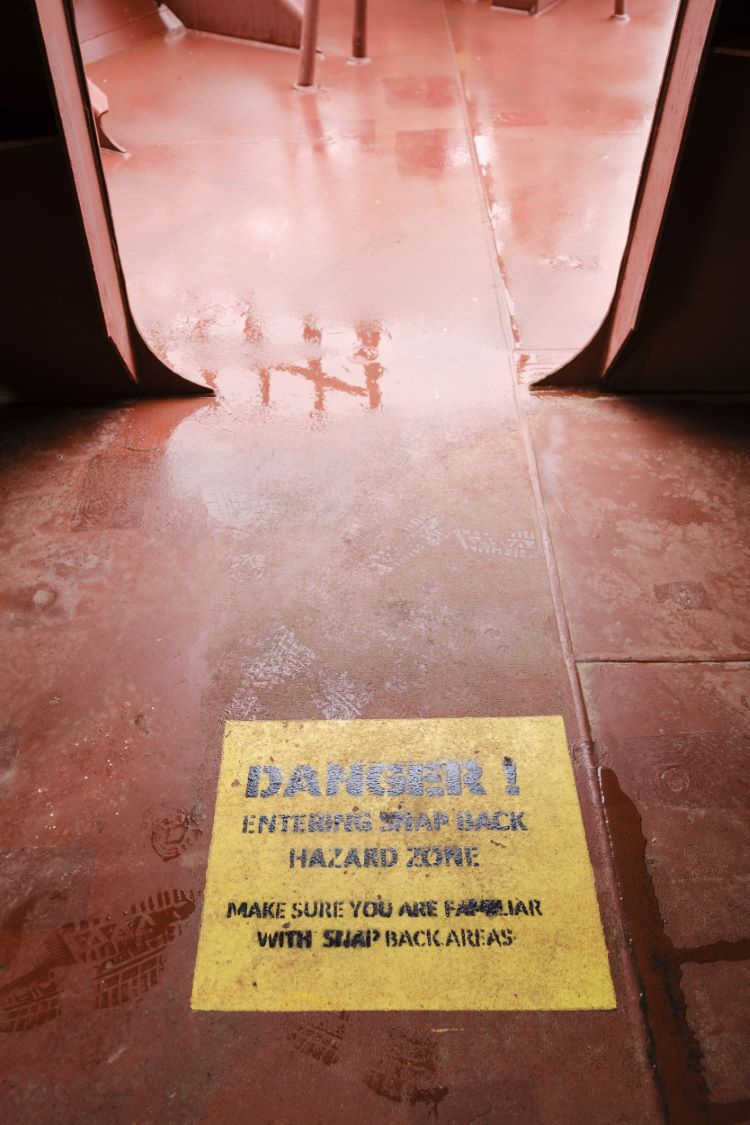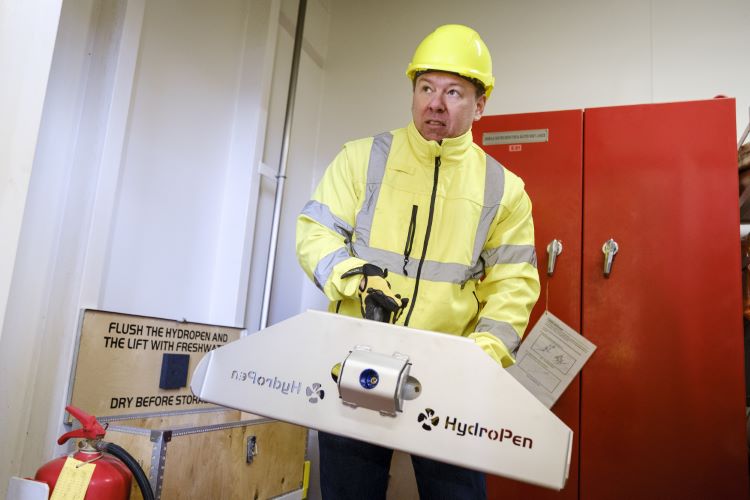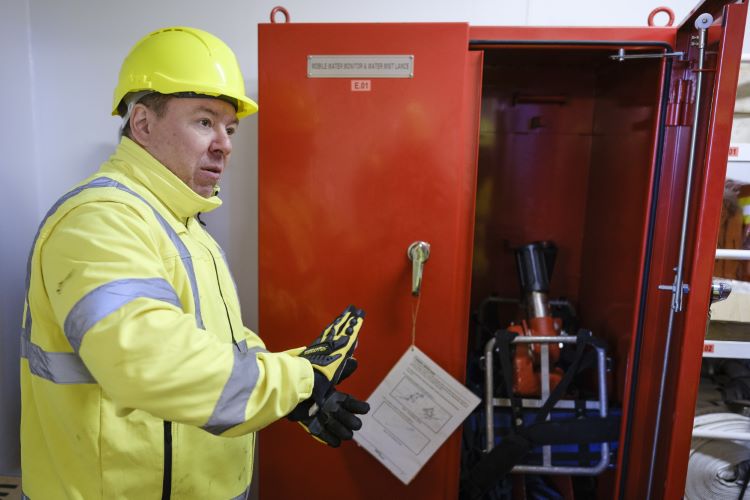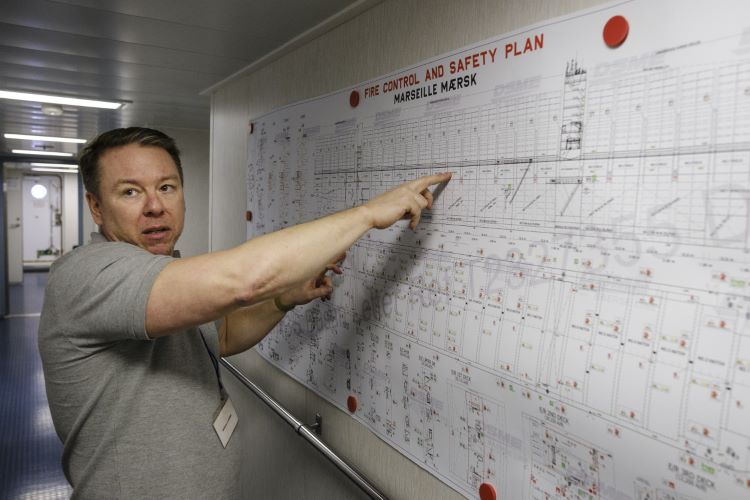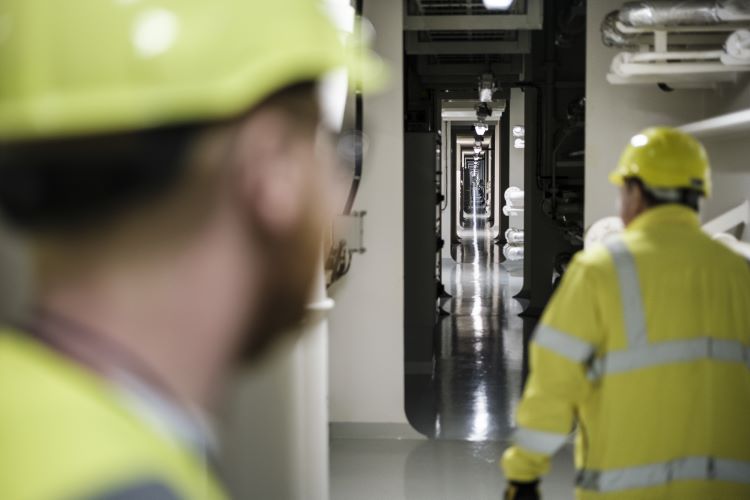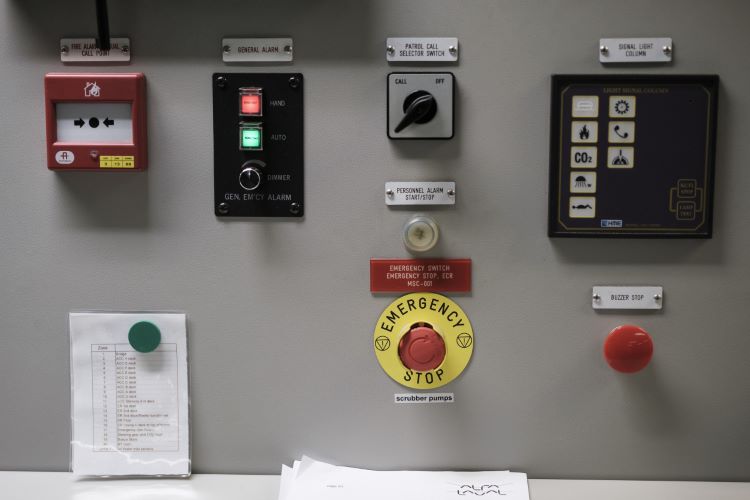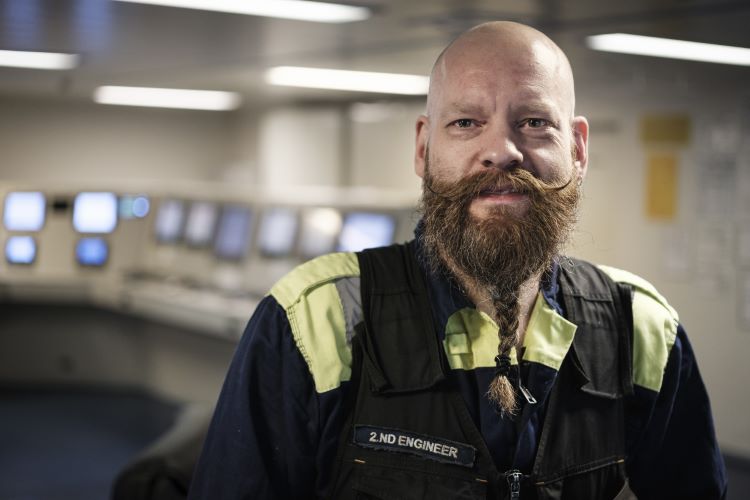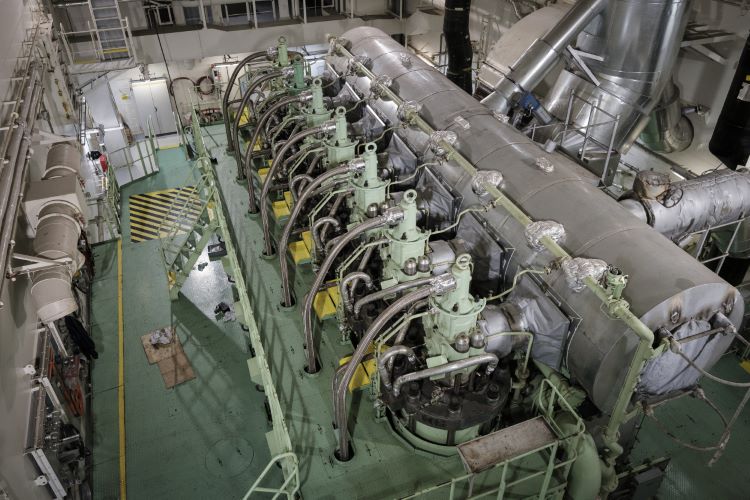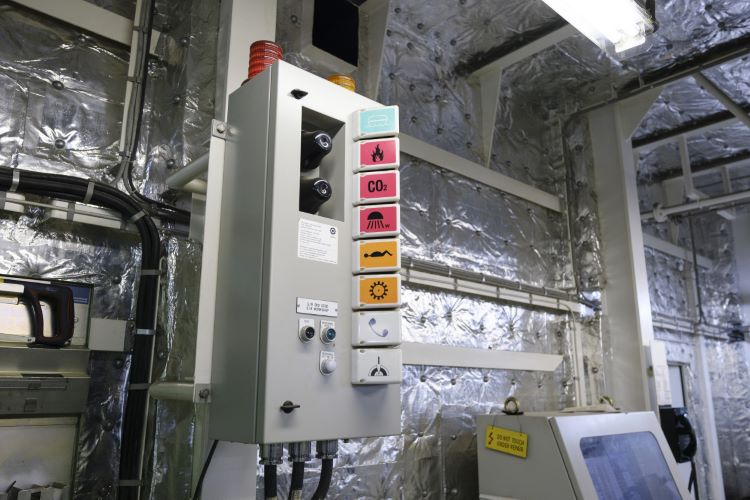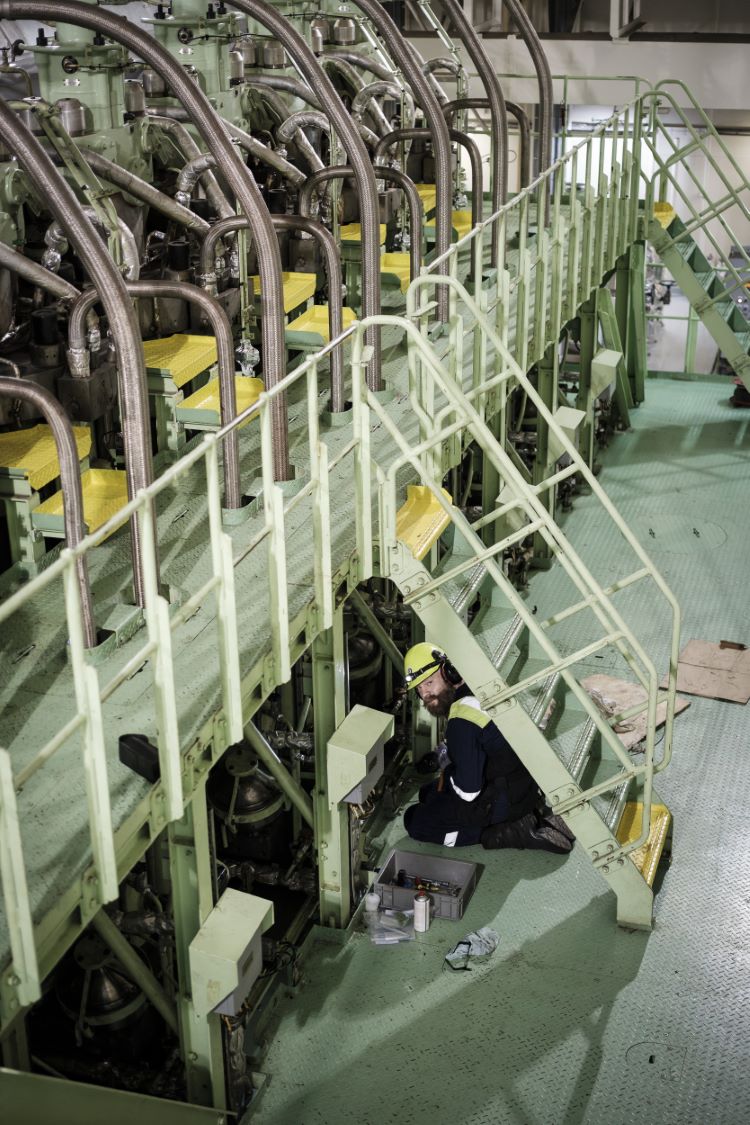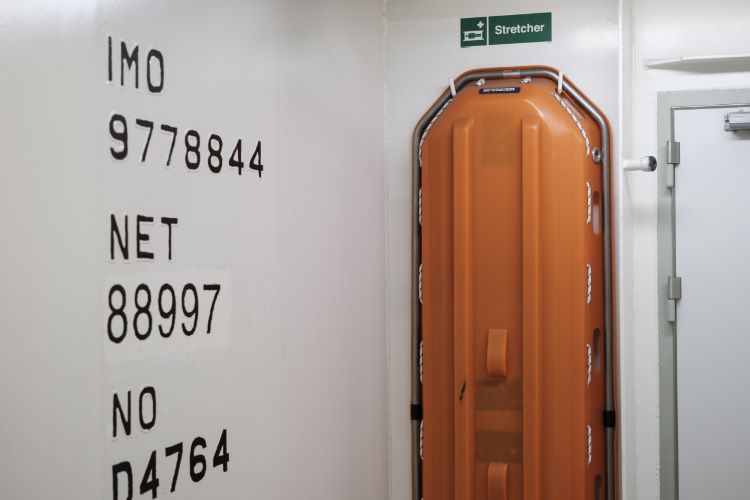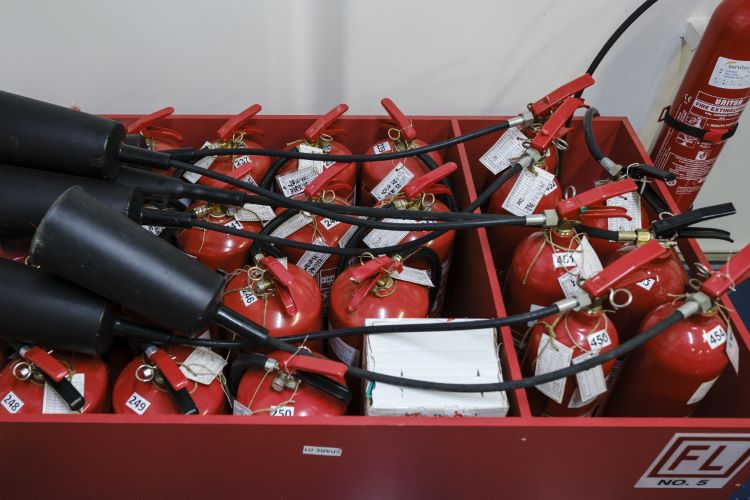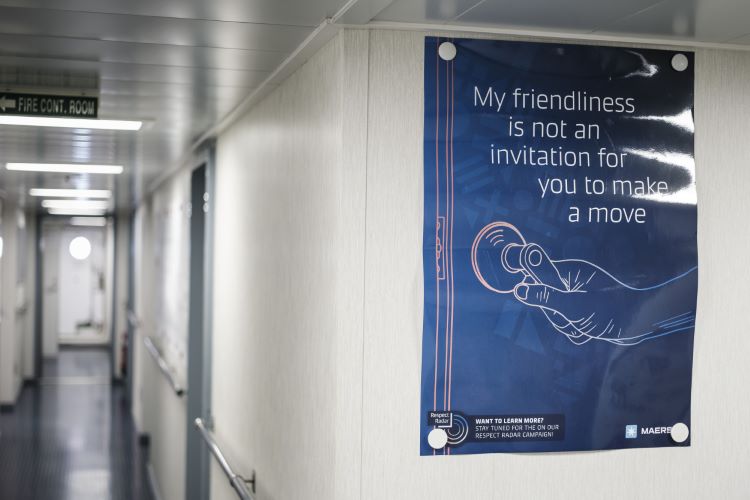Maersk's Triple E ships are among the heavyweights of the sea, and the enormous vessels put some very special demands on the crew's focus on safety. The UFDS has visited Marseille Maersk in the Port of Aarhus to take a closer look at the conditions.
What does safety mean on a vessel that after engine stop takes nine kilometers to get from top speed to standstill? And how do you ensure working conditions between more than 19,000 containers, even when the waves on the world's oceans are high?
The Danish Shipowners’ Accident Insurance Association asked these questions – and a ton of others – upon visiting Marseille Maersk in the Port of Aarhus earlier this year, as Danish shipping giant A.P. Moller-Maersk invited us aboard one of its Triple E class vessels, more precisely the second generation.
She was launched from the shipyard in South Korea in 2018 and is with a length of 399 metres and a width of 59 metres one of 11 vessels of the same size ordered by Maersk back in 2015. The container capacity is over 19,000 TEU.
At the docks we meet Mikkel Hinsch Jensen, who himself is a captain with experience from Triple E and now resides in Maersk HQ in Copenhagen as a specialist in Nautical & Marine compliance. Throughout the day, he shows around the ship and shares his knowledge about both it and Maersk's fleet and policies in general.
On the bridge we meet Captain Thomas Basse Philbert, who talks about how the enormous dimensions that are in play – fully loaded the total weight comes to over 250,000 tons – are a factor even during the seemingly most routine tasks.
»For example, when we need to moor the ship, the helmsman hosts a toolbox meeting with the crewmembers participating in the task. They review what needs to happen, what kind of mooring lines they need, where they should stand, and we have snap zones on painted deck,« he explains.
When the ship then leaves Europe on the route to the Far East, a debriefing is held to address what is good and bad, what can be done better, and what suggestions might have arisen from the crew that time haven’t allowed to be include while a task is in progress.
When entering a port like Aarhus, space not in abundance like in Rotterdam or Shanghai, a close eye is kept on the distance between ship and quay. In addition, preparations are being made to get pilots on board, but this will not happen without the precautions being in place.
»Before anyone ventures out, we say, for example, 'preparing starboard pilot ladder, one man out with complete safety gear'. So, no one is allowed to walk on the outside without wearing fall protection and a life jacket,« says Captain Philbert.
Everyone can call a time out
In connection with other types of tasks – bunkering, working aloft, using power tools, etc. – a risk assessment is made, where the people who is actually performing the task has to assess any hazards in the environment.
»And if they are in doubt, we have a policy in Maersk that everyone has a 'stop work authority'. This means that everyone on board – regardless of rank – can come to me or the chief mate 'Now we're going to stop this', and then we stop to hear what the person has to say,« the captain explains.
In the risk assessments, Maersk works with a ranking from levels 1 through 15, and if you cannot get below 9, you must change your approach, upgrade equipment, such as respiratory protection, and thus reduce the danger.
To ease the administrative burden, the ranking is carried out every two years and then used for the following two-year stint. It is also reassessed if there is an accident or if there is a change in the nature of the task.
Lowering the overall risk is not least paramount in relation to routine tasks, as it is precisely in these kinds of cases that attention levels sometimes drops a bit, as we have previously discussed with both DFDS and ForSea.
Safety on a ship like Marseille Maersk and her sister ships naturally also depends on both weather conditions and the routes the ships travel. Various calculations are associated with this, such as GM, also known as the metacentric height, which concern the ship's center of gravity and ability to straighten up again when it rolls.
On Marseille Maersk as well as other ships, a relatively high GM is preferrable, in short meaning that the ship is better able to recover from a heel in, for example, high seas or during a change of course, which you may encounter in for instance the Suez Canal.
Conversely, one should be aware that a high GM also means some large acceleration forces, which place correspondingly greater demands on lashing of not least the load, while also providing a different set of maneuvering options for the crew.
Therefore, before even taking cargo on board, stability calculations for the goods to be carried are reviewed to ensure that cargo quantities are in place for the upcoming voyage, that the draught is adequate, that the expected rolling period in severe weather is acceptable, etc.
Focus on the psychological working environment as well
With 19,000+ containers on board when the ship is fully loaded, keeping an eye on everything is obviously difficult if not nigh impossible, but dangerous goods are checked daily.
Maersk does not sail with radioactive materials, and in addition, the liner does a lot to ensure that the contents of the containers are correctly declared, not least in view of the tragic accident on Maersk Honam (which, incidentally, sailed under the Singaporean flag) just over five years ago.
»The lesson was that trust is good, but control is better, so there’s a lot of checking and we reject a lot of stuff. We’ve also got new, internal rules regarind where on the ship we place the dangerous goods in relation to the accommodation so as not to expose the crew to that risk,« says Thomas Basse Philbert.
The physical and environmental safety is thus a constant focus point, but another important issue is the psychological working environment, upon which Maersk has put an extra spotlight recently through the campaign 'On Our Respect Radar'.
This includes zero tolerance for bullying based on religion, sexual orientation, ethnicity, and the like, as well as articulating how to behave, trivial as it may seem.
»We've had some sessions where people have been skeptical beforehand, but when they've tried it, it's actually been fun, and dialogue's been a good. The important thing is that the person who feels wronged can go to their immediate manager or a colleague and tell them if he or she feels badly treated,« says Captain Philbert.
For the more serious cases, Maersk also has a whistleblower scheme where seafarers can contact the shipping company directly and – not least – anonymously, prompting a thorough investigation of all cases.
Ideally, it’s about nipping things in the bud, the captain says, and it's also a matter of respecting people's opinions. This also applies professionally, with weighing input from the younger people just as highly as the experience from officers with 30 years at sea behind them a strong priority.
In an international crew – the more than 30 men on board hail from Denmark, Germany, Poland, India and the Philippines – there is obviously a big difference in seniority, the captain himself placed at the top of the hierarchy with 38 years of experience in Maersk on his resume.
Taking drills a step further
On the bridge, UFDS also meets native German Christian Lehwald, chief mate at Marseille Maersk with the permanent safety responsibility on board. Among his tasks is to ensure that the ship is not accessible to unauthorized visitors and that those who come to visit are registered.
In addition, Christian Lehwald, who joined Maersk in 2018 in connection with the acquisition of Hamburg Süd, handles communication about security levels – the so-called MARSEC Levels – with the ports Marseille Maersk calls, ensuring that both parties are on the same frequency.
As far as the crew is concerned, Christian Lehwald is responsible for the safety briefing that new crew members receive before they set sail for the first time. It consists of a thorough review of the ship's safety systems and a bespoke look at their duties in the event of an emergency, where the rescue equipment is located, etc.
In the event of major crew changes – more than 25 percent – Christian Lehwald steps in, as such cases require calls for exercises, which is also the case this day in Aarhus. Within 24 hours of departure, the agenda consisted of both fire and evacuation drills.
»We always try to take our drills a step further so they’re not just basic. Maybe suddenly someone is missing, or there’s a fire in a strange location, for example in a high-altitude container. And then we conduct a thorough debriefing together to get everyone's ideas on the table,« he explains.
For firefighting, Marseille Maersk and all the company's other ships are equipped with the so-called HydroPen, developed by two Danish marine engineers. With it, the crew can reach 90-100 percent of the containers on board and with a relatively modest investment, they have "massively improved safety on board", as Mikkel Hinsch Jensen puts it.
»It's just a great piece of equipment. We have tested it on several different ships, and on one of them they had a real fire, where they could use the HydroPen. It worked amazingly,« he says.
An open environment in the engine
Mikkel Hinsch Jensen proceeds to give UFDS a tour around the huge ship, taking us past the engine compartment – with a ceiling height that makes French mansions feel embarrassed – and on to the control room, where 2nd engineer Mikkel Tønner greets us.
On a daily basis, he is responsible for organizing the tasks in and around the engine, addressing issues at the daily morning briefs, again making an effort to also reviewing routine tasks, because – again – this is where people can 'tend to cut corners here and there, because you know very well what's going to happen', as he says.
»In addition, we have our system for work permits – ShipManager – starting with a 'secure job analysis', which is more general, and then a permit to work on the specific job, where we look at what can go wrong, potential unforeseen events etc.,« Mikkel Tønner says.
In general, it is about having an open environment in the engine, where no one should be afraid to stop and ask even the smallest questions, for example if a task turns out to be bigger than first expected.
»Sometimes we may find that we thought something was about just closing a valve and carrying out the repair, but then suddenly we need to put up scaffolding, fall protection on, and that's when it's worth putting on the brakes and doing things right,« Mikkel Tønner says.
Thus, the starting point is always common sense and thinking things through, because as Mikkel Tønner says, you can do as much paperwork you like, but if you don’t adhere to it, any inherent value is gone.
»To that end, I think we've got a great culture now compared to when I started sailing years ago. People come to me and say that we need to make work permits on the different jobs, and there’s a good understanding that it is more important to do things safely and correctly than to do them quickly,« he says.
It's also about having the right equipment at hand, so just having enough PPE in place is an important priority for Mikkel Tønner and his colleagues in the engine. The large stock of protective gear at Marseille Maersk being in the foreship, a local stash is essential.
As a new initiative, an infrared camera has recently been purchased, now in use to conduct thermal screenings following completed tasks to ensure that no hot surfaces due to, for example, lack of insulation or the like, are left behind.
With that, the tour at Marseille Maersk ends with Mikkel Hinsch Jensen showing off the HydroPen, which he does not hesitate to recommend to all container vessels regardless of size.
»It's tools like this that raise safety at sea enormously, and you can never get too much of that,« he concludes.



